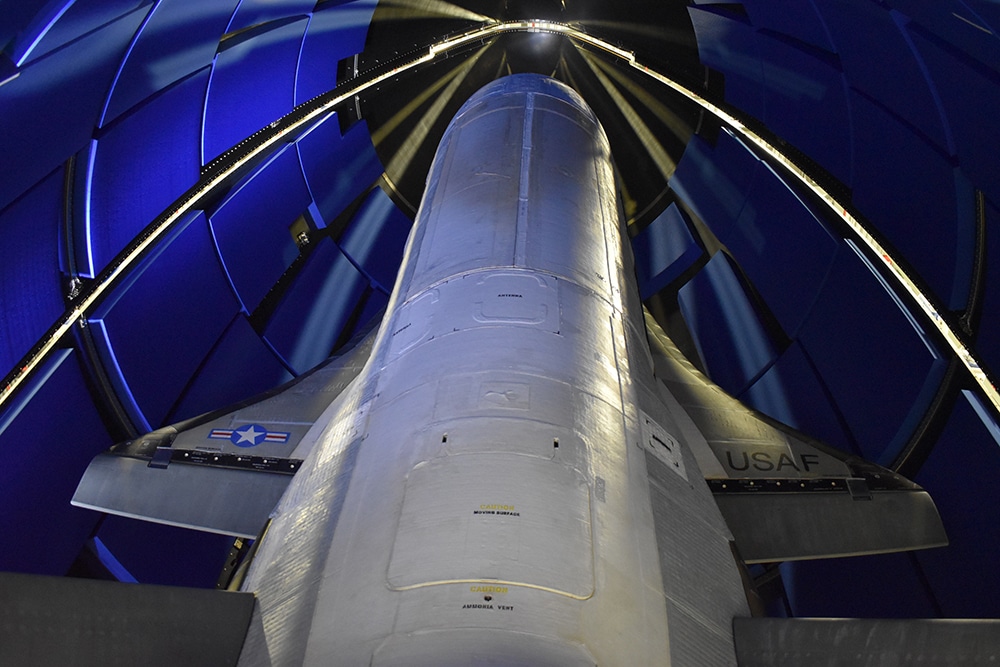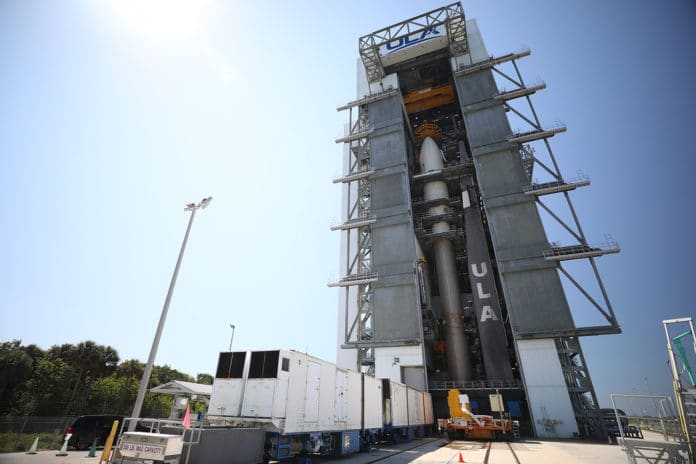The US military continues to research reusable spaceflight technology with the X-37B Orbital Test Vehicle (OTV). On Wednesday, the Department of the Air Force Rapid Capabilities Office, in partnership with the US Space Force, announced the planning of a new flight. The US Air Force plans to launch the sixth mission of X-37B Orbital Test Vehicle (OTV-6) on May 16 from Cape Canaveral Air Force Station, Florida.
“Demonstrating the department’s innovation, this X-37B mission will host more experiments than any prior missions. This launch also demonstrates the department’s collaboration that pushes the boundaries for reusable space systems,” said Secretary of the Air Force Barbara Barrett.
For the upcoming launch, the X-37B was modernized by installing a service module attached to the aft of the vehicle. This will allow the drone to carry additional experimental payload capability to be carried to orbit.

Among other things, with the help of X-37B, NASA scientists plan to study the results of radiation and other space effects on a materials sample plate and seeds used to grow food. Another experiment developed by the American Naval Research Laboratory “will transform solar power into radiofrequency microwave energy which could then be transmitted to the ground.”
In addition to the tasks from NASA, OTV-6 will be used for the needs of the military. In particular, it will put a small FalconSat-8 satellite into orbit. The development of the US Air Force Academy will allow several experiments in orbit to be conducted by cadets. US Air Force officials emphasized that the satellite will carry five experimental payloads for USAFA to operate, the details of which are not yet known.
Work on the X-37 spacecraft began in 1999 with the joint efforts of Boeing and NASA, which planned to create two spacecraft – for orbital and atmospheric testing. But due to a lack of funding in 2004, the project was handed over to the US Defense Advanced Research Projects Agency. Already in 2006, representatives of the US Air Force spoke about the development of the “orbital” project X-37B OTV.
Despite the fact that the stated objectives of the program are quite peaceful, experts suggest that the X-37B can be used to counter enemy satellites. At the moment, two OTV flight models have been created, which have made five flights. The X-37B program completed its fifth mission in October 2019, landing after 780 days on orbit, extending the total number of days spent on-orbit for the spacecraft to 2,865 – or seven years and ten months.
The take-off weight of the X-37B is 4.98 tons, 8.8 meters in length, 2.9 meters high, and the wingspan reaches 4.5 meters. In low Earth orbit, the speed of the device can reach 28,044 km/h (17,426 mph). The spacecraft is equipped with the Aerojet AR2-3 engine using storable propellants, providing a thrust of 6,600 pounds-force (29.4 kN).
